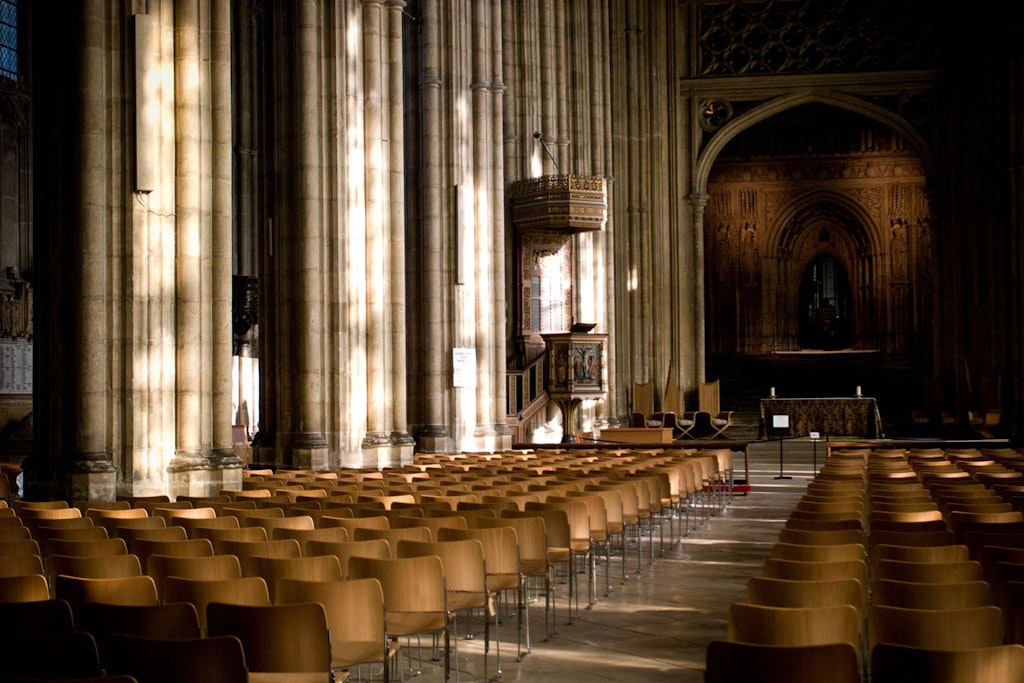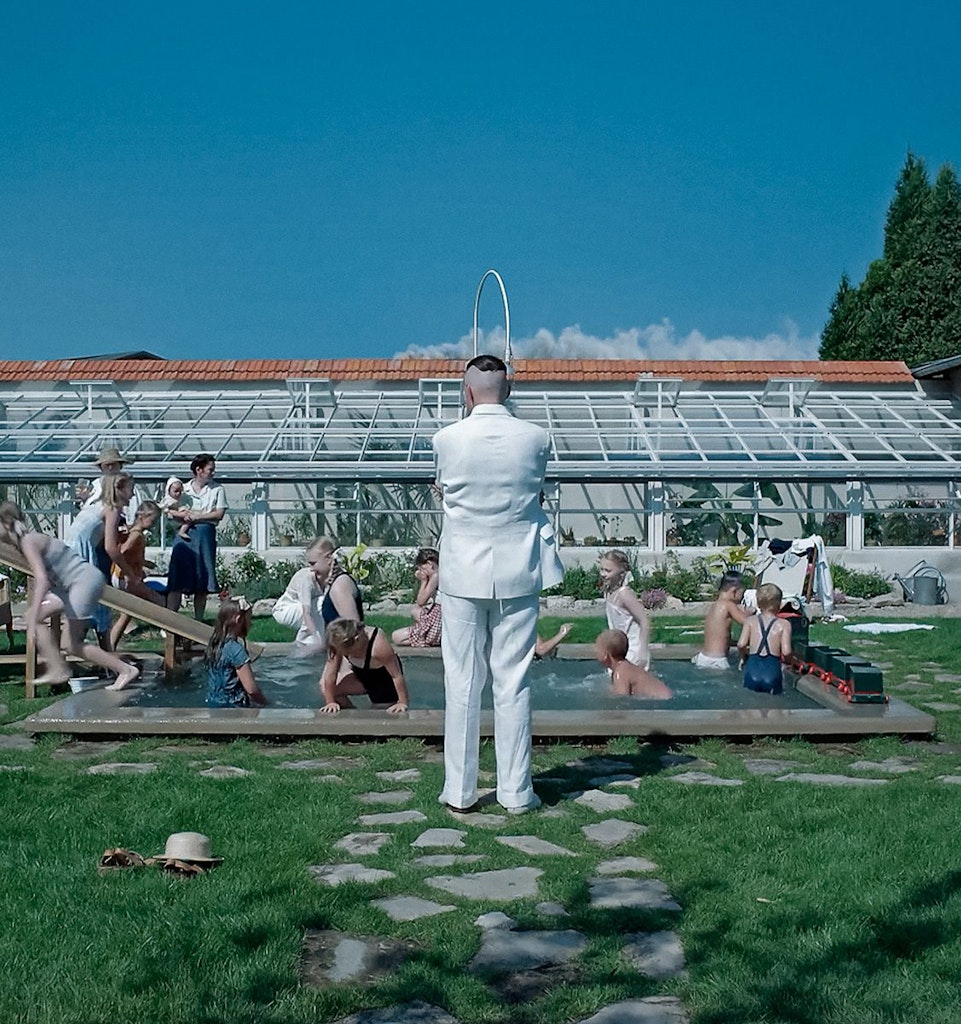Paradise regained
The start of each growing season is a return to a past season’s “lost” garden
This article is taken from the March 2022 issue of The Critic. To get the full magazine why not subscribe? Right now we’re offering five issue for just £10.
During a recent spell of family self-isolation, my daughter became obsessed with a vintage film adaptation of Philippa Pearce’s 1958 kids’ classic, Tom’s Midnight Garden. While it didn’t, strictly speaking, count as home-learning, it was apt in its way, opening as its eponymous boy hero is sent to quarantine with an aunt and uncle while his younger brother lays bedridden with measles. Tom is warned on arrival that he’s going to find it terribly dull, since the childless couple live in a flat with no garden.
As a cultural motif, lost gardens hold an enduring appeal
Their home, however, is part of a once-grand house, and when a grandfather clock in the hall strikes 13, Tom ventures outdoors to find the neglected courtyard transformed into a bucolic idyll. Here, emerald lawns lap technicolour herbaceous borders; there are topiary hedges and a maze, trees to climb, roses and lilies and delphiniums.
This vision of botanical bliss comes complete with a playmate whose dress reveals that Tom has somehow slipped back in time to the property’s Victorian heyday.
As a cultural motif, lost gardens hold an enduring appeal, reaching all the way back to that first forfeited paradise, the Garden of Eden. In the eighteenth century, Grand Tour-goers came home to country estates and erected picturesquely crumbling follies in homage to the classical ruins they’d visited, flirting with dereliction even as their own host of under-gardeners laboured to keep nature in check.
Then came the First World War, and the subsequent labour shortage. Rising death duties meant that these same landscaped grounds began to fall into genuine abandonment, their camellias and rhododendrons running rampant, their glasshouses overtaken by brambles.
Today, the phrase “lost garden” is synonymous with Heligan in Cornwall, whose grounds have been restored as a living memorial to the cataclysmic losses of the Great War, but other forgotten feats of humankind’s always-temporary mastery of the natural world have been rescued up and down the country.
Some banish the wild passing of time a little too completely — Painshill Park in Surrey, for instance, which adorned Wedgewood crockery made for Catherine the Great before falling into disrepair in the 1940s, and Bridgewater, the RHS’s newly opened revival project near Salford. Others, like Warley Place nature reserve in Essex — once home to an Edwardian lady horticulturalist who gave her name to the prickly perennial Miss Willmott’s Ghost, and is said to have carried a gun in her handbag to deter bulb thieves — allow fresh growth to clamber over old ruins.
The start of each growing season requires we gardeners to recreate the “lost” splendour of the summer before. That’s certainly what it felt like down at the allotment once we were finally free to venture out again, post-Omicron.
I surrendered to some time travel of my own: suddenly I was a girl again
Husks of leftover artichoke heads marked the plot’s perimeter at one end, while a few winter greens skulked beneath wind-buffeted netting at the other, but in between its beds were blurred by tussocks of encroaching couch grass, fuzzy-edged as though sketched by someone convinced they can’t draw. All those long, warm hours of digging and raking, sowing and hoeing — the past few months had left barely a trace of them.
In a back garden, the imaginative leap required to conjure up images of peak-season bounty at this time of year doesn’t feel quite so great. Trees, shrubs, lawns — they all endure through winter’s somnolent murk. But even here, nostalgia is a spur. As we plan and later plant, we’re so often chasing the “lost” gardens of our childhood, trying to recapture a little something of the labours of those parents and grandparents who first gave us the gardening bug.
I left the allotment with a sore back and boots heavy with mud. I’d weeded, I’d dug a runner bean trench and shovelled in extra compost, and I’d also done some reshaping. As the afternoon faded and the birds commenced their bedtime chatter, I surrendered to some time travel of my own: suddenly I was a girl again, reluctantly heading in to supper, but not before taking one last greedy gulp of the outdoors.
The allotment is as much of a garden as my own daughter’s so far known, and thinking of her love for that story of an enchanted garden where there is none, I was glad that in rediscovering our “lost” plot I’d also done away with its formerly straight, classically allotment lines. My hope is that in adding curves to its beds, come summer, it might resemble a little more closely the garden that I grew up in.
Enjoying The Critic online? It's even better in print
Try five issues of Britain’s newest magazine for £10
Subscribe














